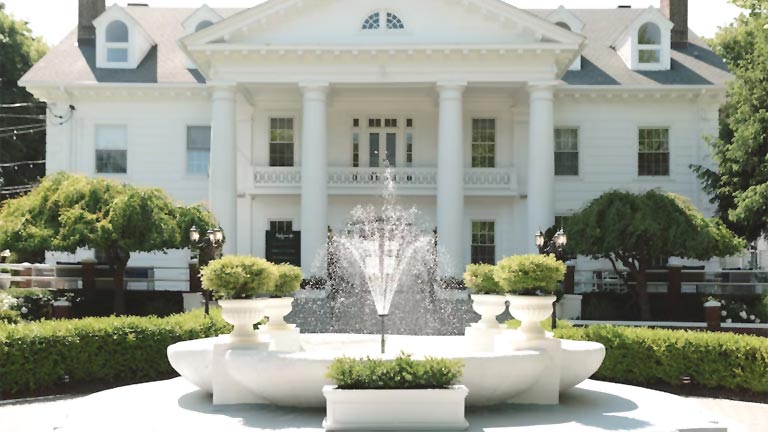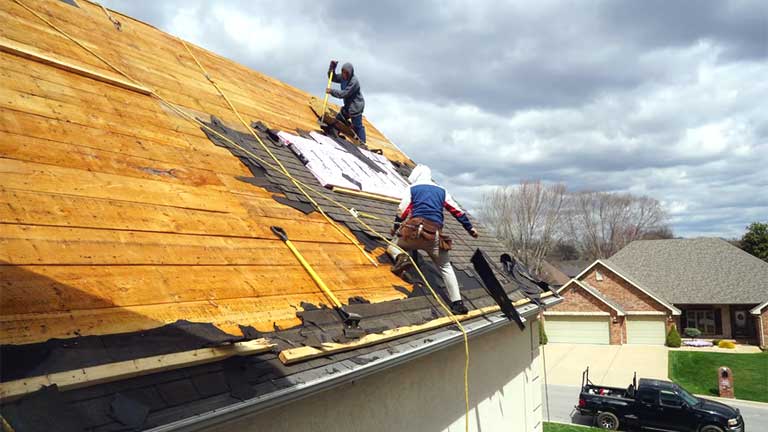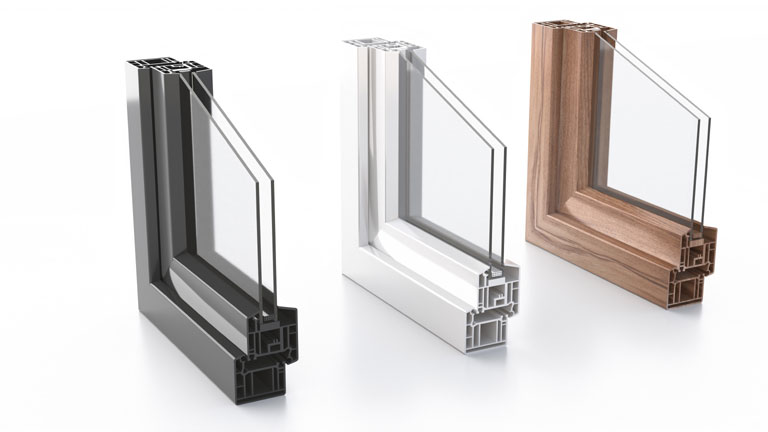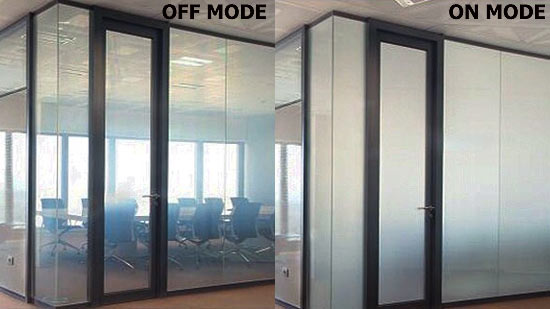
When it’s hot outside, there’s no better place to cool off than in a garden with water features. Even though not everyone can afford a swimming pool, most people can afford some kind of water feature. From a few water plants in a simple bowl on the deck to a pond in the ground with fish and a fountain, there are many ways to make a water garden. Simple do-it-yourself skills can also be used to make a lot of water features. Before you start one of these projects, though, make sure you know what kind of care it will need. Without regular care, water gardens can quickly fall apart.
1. Start small
If you want to try out water gardens, it’s best to start small so you can figure out how much maintenance you’re willing to do. If you’re not a big gardener, the idea of draining ponds, cleaning filters, and so on, might not appeal to you.
A simple fountain in a pot might be all you need, or your space might be perfect for a container water garden with miniature waterlilies on a low table. For a magical effect that doesn’t take much work, you could fill a pretty bowl with water up to the top and float some flowers in it. These choices are great for people who live in apartments or other places with small yards.
2. Decide where to put your water feature.
Ponds and other water features nz are not as easy to change or move as garden beds. Think carefully about where you put these features so that you can get the most out of them. For example, you might like a simple rectangular pond near the front door or a raised water trough and fountain next to an outdoor entertaining area to create a soothing background for gatherings. Do you want to look at it from the house? Even from up there? Should it be in the ground or at eye level?
Avoid shady areas, especially under trees, so plants can grow well. Tree roots can crack concrete ponds, and leaves or berries can turn water green, which is bad for fish. In places with a lot of wind, leaf litter, and water loss can also be a problem.
Choose a flat area for an in-ground pond, and don’t put it in a low spot or where water pools. Find a place where you can easily get power and clean water.
3. Ponds
Ponds can bring a garden to life with their beautiful reflections and the way the rain and wind move the surface. Plants and fish add color and interest, and soon wild birds, bees, and other insects will find their way to your pond. Put a big rock in the water or build a ledge so these animals can bathe and drink there.
Before building an in-ground pond, you should always do research or talk to an experienced local builder. Most naturalistic ponds have sloped sides with terraces for planting at different heights, or you can use bricks to do the same thing. Concrete, brick, or even clay can be used to make pond liners for both natural-looking and geometric ponds, but most people now use pre-formed liners made of fibreglass, plastic, PVC, or butyl rubber.
4. Moving water
Moving water has a lively quality that gives gardens even more life. To move water, you need pumps, and the size of the pumps will depend on how much water you want to move and how far it will fall. Check with a company that sells water supplies to find the right pump for you. Keep in mind that moving water can be loud, so you may need to adjust the pump or put something just below the surface of the water where it falls to muffle the sound a bit.
Pumps may need to be turned off during the winter in places where it gets cold enough for water to freeze. Choose a 12-volt pump or one of the many solar-powered pumps available now to avoid having to hire an electrician to connect your pump to your home’s main power supply.




